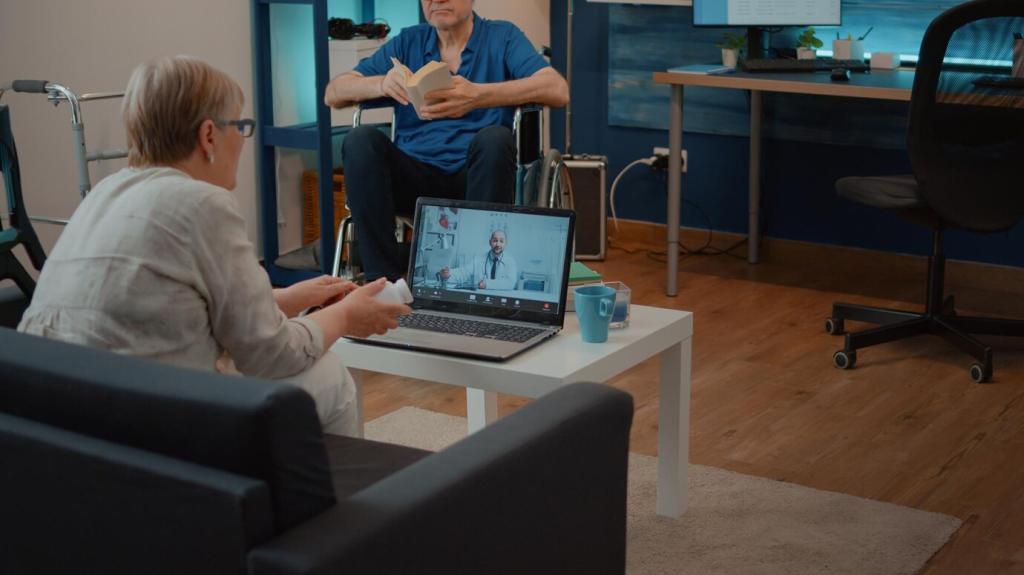This website uses cookies so that we can provide you with the best user experience possible. Cookie information is stored in your browser and performs functions such as recognising you when you return to our website and helping our team to understand which sections of the website you find most interesting and useful.
The Role of Virtual Reality in Pain Management
Virtual Reality (VR) has emerged as a groundbreaking tool in the realm of healthcare, offering innovative approaches to managing pain. Through immersive, computer-generated environments, VR enables patients to experience a world outside of their immediate reality, thereby reducing the perception of pain. This technology has demonstrated remarkable efficacy across a variety of medical contexts, transforming how both acute and chronic pain is approached. As research and clinical adoption expand, VR is reshaping pain management protocols, providing hope and comfort to those who suffer from persistent or debilitating pain. In this article, we explore the multifaceted role that VR now plays in pain management, highlighting its mechanisms, clinical applications, and future potential.


The Complexity of Pain Perception
Limitations of Traditional Pain Management
The Search for Innovative Solutions
How Virtual Reality Alleviates Pain


